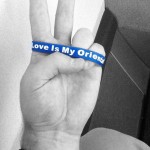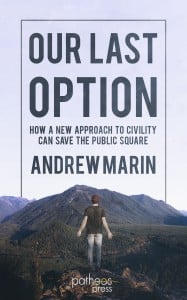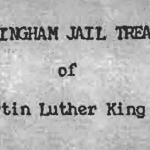
This morning I got to speak at Wheaton College for Mosaic Initiative’s World AIDS Day breakfast. Here are a few thoughts I brought up:
Within broader culture there needs to be both micro and macro pushes by the Christian community to make a culturally relevant impact on individual people as well as larger people groups. When we are willing to step out and do something different, miracles happen. But just how far are we willing to step? In today’s church culture one of the hottest topics gaining a lot of momentum is AIDS in Africa. A good friend of mine, Dr. Becky Kuhn who is an HIV/AIDS physician and President of Global Life Works, always says
“Churches can’t handle the AIDS issue unless they are willing to breach the topic of gay sexuality first.”
This has never been more applicable for the church because in our nation’s capital, Washington DC, the per capita rate of AIDS (5%, or 1 out of every 20 people) is higher than or comparable to 27 African countries including Kenya, Rwanda, Senegal, Ghana, Ethiopia, Tanzania – and is not far off from the 6.1% estimated rate for all of the Sub-Saharan region of Africa!
In February 2008 Matt Foreman, the outgoing executive director of the National Gay and Lesbian Task Force, said at the National Conference on Lesbian-Gay-Bisexual-Transgender Equality that HIV is “a gay disease” in the United States as “men who have sex with men account for nearly three quarters of men living with HIV.” Although scientific data can quantify numbers, it can’t quantify how shame, stigma, isolation and political agendas each perpetuate the exploding growth of this spreading disease in our own country.
As wild as this may sound, I strongly believe that when it comes to HIV/AIDS in the GLBT community, Christians can stop the spread of this pandemic. Faith can stop the spread of HIV/AIDS by helping make a new culture by positively influencing the GLBT-religious relationship.
If religious shame is replaced by Christians who know how to productively bridge the GLBT community, and cultural stigma is replaced with a loving Church that provides eternal hope wherever the person is at, I am convinced that high risk sexual behaviors will also die alongside the isolation and pain felt by gay men and lesbian women who can only feel the negativity and clash of the pervasive cultural issues that dominate and overwhelm their entire existence.
The problem is that the Churches’ exodus to Africa to treat a disease that devastatingly affects the one community that already feels ostracized by the church has left many in the GLBT community wondering why Christians continue to go across the world and ignore what’s at home.
They feel the only answer is that it is easier to deal with people who are helpless rather than work hard enough to reach and understand the “enemy.” Is that true? The direct connectivity from HIV/AIDS to the GLBT community in America once again advances the cultural stigma that they already feel because Christians have cast off their disease as abhorrent, and Africa’s as worthwhile for the sole reason that the #1 infector is not through gay men. I am not saying that churches should stop doing great things in Africa. But as Brad Oglvie, a colleague of mine and a gay man living with HIV as the executive director of an HIV prevention organization called the Mosaic Initiative says,
“AIDS work doesn’t have to mean either/or, but rather an and.”
The issue is that churches have made it an either/or; except the “or” never seems to include tangibly learning how to productively build bridges with GLBT community for Christ. Now is the time for Christians to begin to lessen the stigma, and change GLBT culture by making culture.
Much love.











